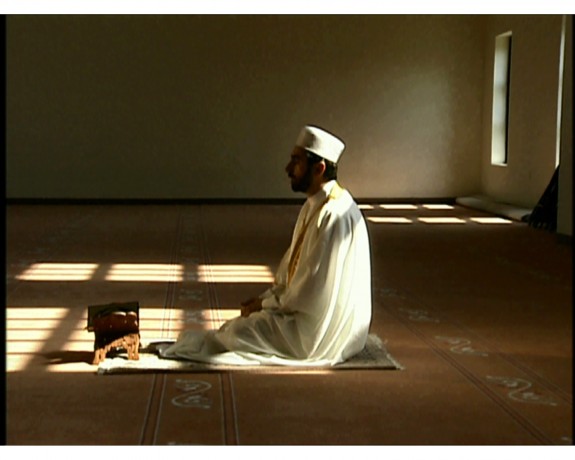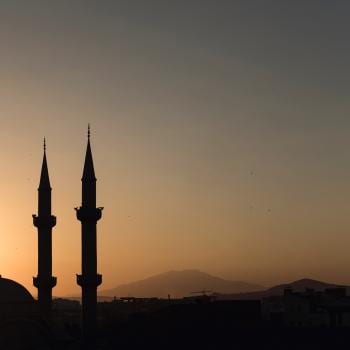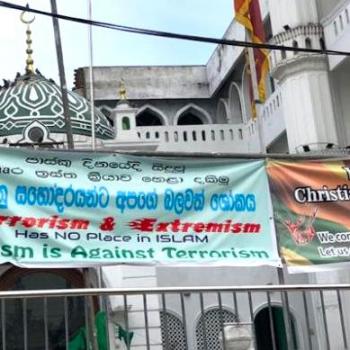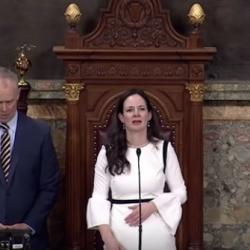In this morning’s New York Times, author and journalist Doug Saunders looks at the parallels between bigotry directed toward Catholics a century ago, and what is being directed toward Muslims today:
For the first time in decades, it has become acceptable in some circles to declare that a specific religious minority can’t be trusted.
During the Republican primaries, Muslims were accused of harboring plans for “stealth Shariah.” A group of five Republican House members, led by Michele Bachmann, groundlessly accused two prominent Muslim federal officials of loyalty to Egypt’s Muslim Brotherhood. Another Republican representative, Joe Walsh of Illinois, used a campaign rally to suggest that Muslims in the Chicago suburbs were plotting to commit terrorist attacks. In New York City, the police spied on thousands of Muslims for six years without producing any evidence that could lead to an investigation.
The view that members of a religious minority are not to be trusted — that they are predisposed to extremism, disloyalty and violence; resist assimilation; reproduce at alarming rates, and are theologically compelled to impose their backward religious laws on their adopted home — is not new. From the 19th century on, distrust, violence and, eventually, immigration restrictions were aimed at waves of Roman Catholic immigrants.
As late as 1950, 240,000 Americans bought copies of “American Freedom and Catholic Power,” a New York Times best seller. Its author, Paul Blanshard, a former diplomat and editor at The Nation, made the case that Catholicism was an ideology of conquest, and that its traditions constituted a form of “medieval authoritarianism that has no rightful place in the democratic American environment.”
Catholics’ high birthrates and educational self-segregation led Mr. Blanshard and others — including scholars, legislators and journalists — to warn of a “Catholic plan for America.”
Many Americans shunned such views, but some liberals did not. Mr. Blanshard’s book was endorsed by the likes of John Dewey and Bertrand Russell, and respected scholars like Seymour Martin Lipset, Reinhold Niebuhr and Sidney Hook debated Catholics’ supposed propensity toward authoritarianism.
Then, as now, there seemed to be evidence supporting the charge. Majority-Catholic countries like Spain, Italy, Portugal and Austria, had fallen into fascism or extremism. Crime and educational failure were rife among the children of Catholic immigrants. In the years after World War I, Catholic radicals carried out a deadly wave of terrorist attacks in the United States.
These days, the same dark accusations are being leveled at American Muslims, many of whom are recent immigrants. And many otherwise reasonable Americans have greeted Muslims with fear and suspicion — in part because they came at a bad time. Their emigration to the United States, like that of many Catholics before them, has coincided with turmoil in their native countries and violence from a few extremists in their midst.












